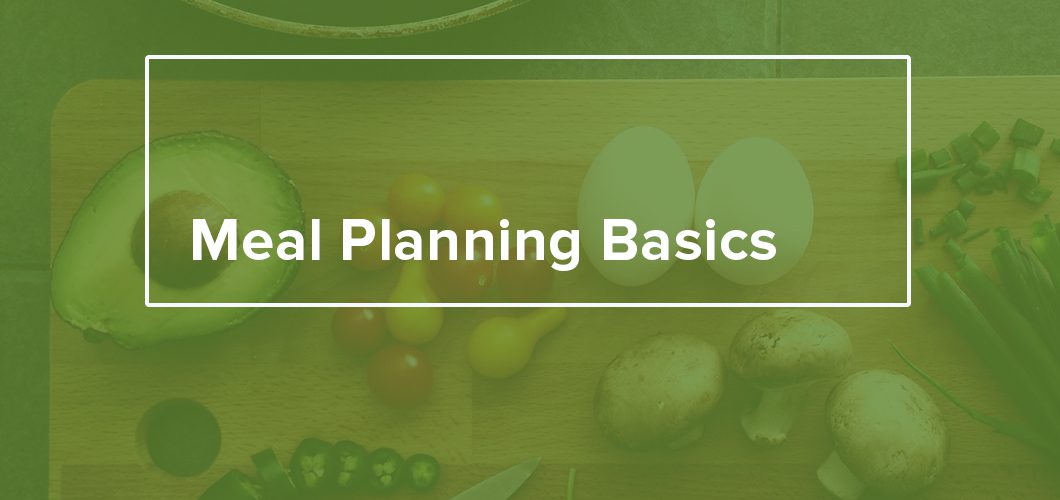Follow these five basic tips to planning out your meals in a way that won’t break the bank:
- Map out your week
- Don’t make it complicated. Feel free to get inspiration from the internet or cook books but try not to overcommit; aim to try just one new recipe a week or less.
- Sometimes it is easier to think of the protein you want to base your meal around, then think of the starch and veggies options that go with it. For example, grilled chicken goes well with roasted potatoes and Greek salad. Leftover grilled chicken can also be thrown onto a pita pizza with cheese, mushrooms and bell peppers!
- Look for coupons in grocery store flyers to save money on food items.
- Stick to your grocery list
- Create a list of items you need in each section of the grocery store.
- Do not deviate from your planned list—this will save you time and money.
- Buy food items in bulk to save money. Share the cost by going in on the purchase with a friend. You can always freeze bulk purchases of meat and poultry for later use.
- Schedule in your meal prep/cook times
- Think about the days/times in the week that work to prep your meals. Put these times into your schedule or day planner so that the groceries you bought do not go to waste!
- Chopping up veggies of recipes ahead of time and throwing them into containers or Ziploc bags will help cut down time later when you do the final cook.
- Batch cooking can save time and money too. Use a slow cooker or pressure cooker for one of your meals and the grill/stove top/ oven for the other meal so you can cook multiple meals at the same time!
- Make freezer meals
- Batch cooking can leave you with extra leftovers but do not fret— extra portions can be frozen for later. Simply divide meal portions out into individual containers and freeze the extra ones that you will not use that week.
- Freezer meals come in handy during those busy weeks where you are unable to meal plan for the entire week.
- Stock up on staples
Here is an example table of staple food items from each section of the grocery store that can get you started on your meal planning journey
| Grains/Starches |
|
| Proteins |
|
| Dairy |
|
| Vegetables |
|
| Fruit |
|
| Fats |
|
| Other |
|
By Susan Sommerville, Registered Dietitian (Nutritionist)



